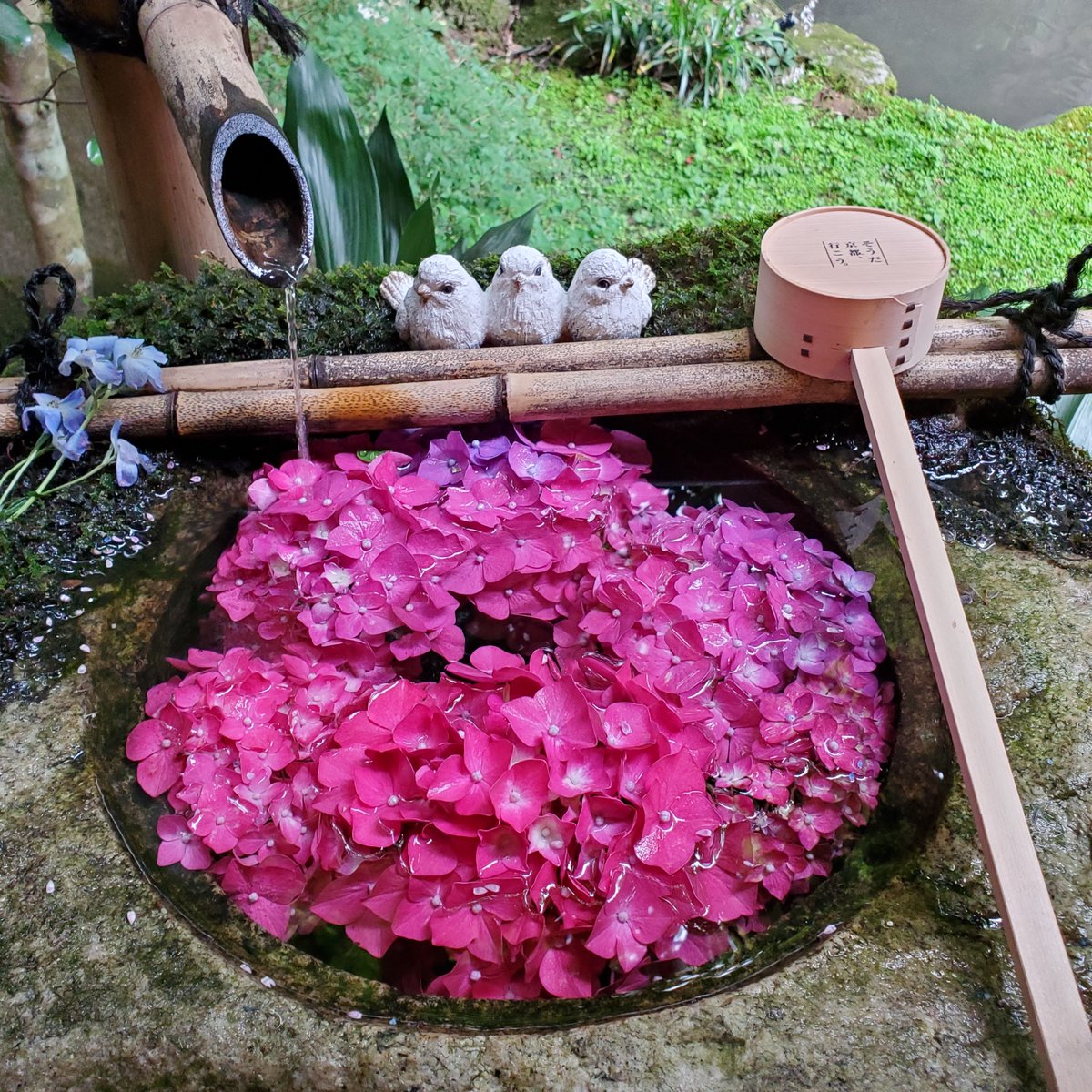
🌻🌞SUMMER SOLSTICE😎⛱️
In the traditional Japanese calendar June 21st-26th is 'Natsukarekusa karuru' (乃東枯), 'Self-heal withers'. This is part of the June 21st-July 6th micro season known simply as 'Geshi' (夏至 'Summer Solstice').
#Japan #Kyoto #夏至 #SummerSolstice #京都



In the traditional Japanese calendar June 21st-26th is 'Natsukarekusa karuru' (乃東枯), 'Self-heal withers'. This is part of the June 21st-July 6th micro season known simply as 'Geshi' (夏至 'Summer Solstice').
#Japan #Kyoto #夏至 #SummerSolstice #京都




Self-heal, known as 'utsubokusa' (ウツボグサ) in Japanese, is an amazing little plant, both eaten and used for medicinal purposes (especially to treat sore throats). Anti-inflammatory in nature, the Chinese believed the plant was able to "change the course of a chronic disease". 







Self-heal also goes by the name woundwort & heart-of-the-earth.
🌿The plant leaves/stems are said to be antibacterial, diuretic, astringent, hypotensive, and a powerful antioxidant.
🌿The flower spikes are believed to restore liver damage.
🌿The herb also aids the gall bladder.
🌿The plant leaves/stems are said to be antibacterial, diuretic, astringent, hypotensive, and a powerful antioxidant.
🌿The flower spikes are believed to restore liver damage.
🌿The herb also aids the gall bladder.
now it is the time
for clean handkerchiefs ...
light heat of summer
はんけちのたしなみきよき薄暑かな
-Kubota Mantarō (久保田 万太郎 1889-1963).
#Ryoanji #龍安寺 #Japan #Kyoto #京都 #SummerSolstice #夏至
for clean handkerchiefs ...
light heat of summer
はんけちのたしなみきよき薄暑かな
-Kubota Mantarō (久保田 万太郎 1889-1963).
#Ryoanji #龍安寺 #Japan #Kyoto #京都 #SummerSolstice #夏至

• • •
Missing some Tweet in this thread? You can try to
force a refresh







































































